When managing an electric fleet, one of the biggest challenges is figuring out how to set up an efficient charging system. Whether you're dealing with a small fleet of vehicles or a large one, proper planning is essential to keep things running smoothly. Charging infrastructure needs to be reliable, cost-effective, and scalable.
In this article, we’ll walk through the key factors to consider when planning EV fleet charging, explore the different charging options available, and show how Autel’s EV charging stations can help optimize your fleet operations.
What Does EV Fleet Charging Mean?
EV fleet charging refers to the process of providing power to a group of electric vehicles (EVs) that make up a business or organization's fleet. Unlike individual EV owners who typically charge at home, fleet managers need to ensure that multiple vehicles are charged efficiently and ready to go whenever needed. This involves setting up a charging infrastructure that accommodates the size and operational needs of the fleet, whether it's for daily commuting, deliveries, or other business functions.
Charging EV fleets can involve different strategies depending on factors like fleet size, vehicle types, and usage patterns. The goal is to reduce downtime, optimize charging times, and keep the fleet in operation without unnecessary delays. The right EV fleet charging system ensures that vehicles are always charged and ready for the next task while minimizing costs and energy consumption.
Types of EV Fleet Charging Solutions
When planning your EV fleet infrastructure, it's important to choose the right type of charging solution based on your fleet's size and needs. Here are the most common types:
Level 1 Chargers
Level 1 chargers use a standard 120V outlet, making them the slowest option. They’re best suited for small fleets with lower daily mileage or when vehicles have plenty of time to charge overnight.
Level 2 Chargers
Level 2 chargers are faster, using a 240V outlet. They’re ideal for medium to large fleets that need quicker charging during breaks or overnight, providing a good balance between speed and cost.
DC Fast Chargers (DCFC)
DC Fast Chargers are the quickest option, providing up to 80% charge in about 30 minutes. They’re perfect for fleets that require rapid charging, such as delivery or ride-sharing services, where minimizing downtime is critical.

These different charging options each serve unique needs, and understanding which one fits your fleet can help maximize efficiency and reduce operational downtime.
How to Plan EV Fleet Infrastructure
Planning your EV fleet’s charging infrastructure is about making sure your vehicles are always ready when you need them. Here's how to get started:
1. Assess Your Fleet's Charging Needs
Start by evaluating your fleet size, the types of EVs, and their daily usage. Consider factors like how many vehicles are on the road at once, how far they travel, and how much downtime they have for charging. This will help you determine how many chargers you need and what charging speeds are most appropriate.
2. Choose the Right Charging Stations
Based on your fleet’s needs, decide between Level 1, Level 2, or DC Fast Chargers. Level 2 chargers are generally the best option for most fleets, as they provide a good balance of speed and cost. DC Fast Chargers are ideal if your fleet requires quick charging during the day.
3. Plan the Charging Location
Decide where to install your charging stations. You’ll need a central location (like a depot or parking facility) where your vehicles are parked during off-hours. In some cases, you may also want to incorporate public charging stations for vehicles that travel outside of your core area.
4. Consider Scalability
As your fleet grows, so will your charging needs. Choose an infrastructure solution that can scale as your fleet expands. Look for charging stations with modular capabilities, allowing you to easily add more units as necessary.
5. Optimize Charging Times and Energy Use
To minimize energy costs, plan your fleet’s charging times carefully. Take advantage of off-peak hours when electricity rates are lower, and consider implementing energy management systems to optimize when and how your vehicles are charged.
6. Integrate Fleet Management Software
Use fleet management software to monitor and manage your charging stations. Tools like Autel’s Charging Station Management System allow you to track energy consumption, charging status, and even schedule charging times remotely, helping you optimize fleet operations and reduce downtime.
By following these steps, you’ll ensure your EV fleet has the infrastructure it needs to stay efficient, cost-effective, and ready to go at all times.
Autel EV Charging Solutions for Fleet Infrastructure
The transition to electric vehicles (EVs) in business fleets is no longer a matter of "if," but "when." However, as more businesses make the switch, the need for robust, efficient, and scalable charging infrastructure becomes crucial. Autel's EV charging solutions are designed to address these challenges, offering fleet managers the tools they need to ensure reliable, efficient, and cost-effective fleet operations.
Autel’s commercial EV chargers are engineered to meet the demands of high-traffic commercial environments, combining rapid charging capabilities with smart management features. With advanced 50A, 12kW chargers, fleet operators can significantly reduce downtime, ensuring that vehicles are ready when needed without compromising efficiency.
These solutions are ideal for fleets that need to keep their vehicles in constant operation while managing costs effectively.
The integration of Autel’s Charging Station Management System (CSMS) adds another layer of intelligence to fleet management. This software suite enables real-time monitoring of energy usage, charging status, and operational efficiency from a centralized platform.
Fleet managers can remotely control charging times, schedule peak-hour charging, and optimize energy consumption, ensuring the fleet runs at peak performance while minimizing costs. Contact us to learn how our solutions can streamline your operations.

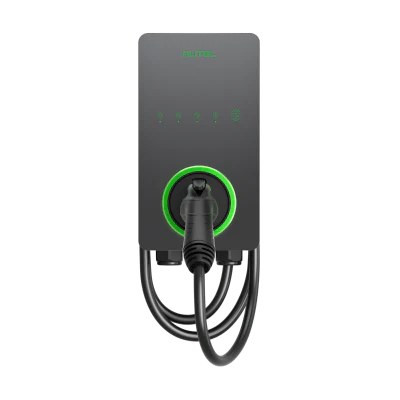
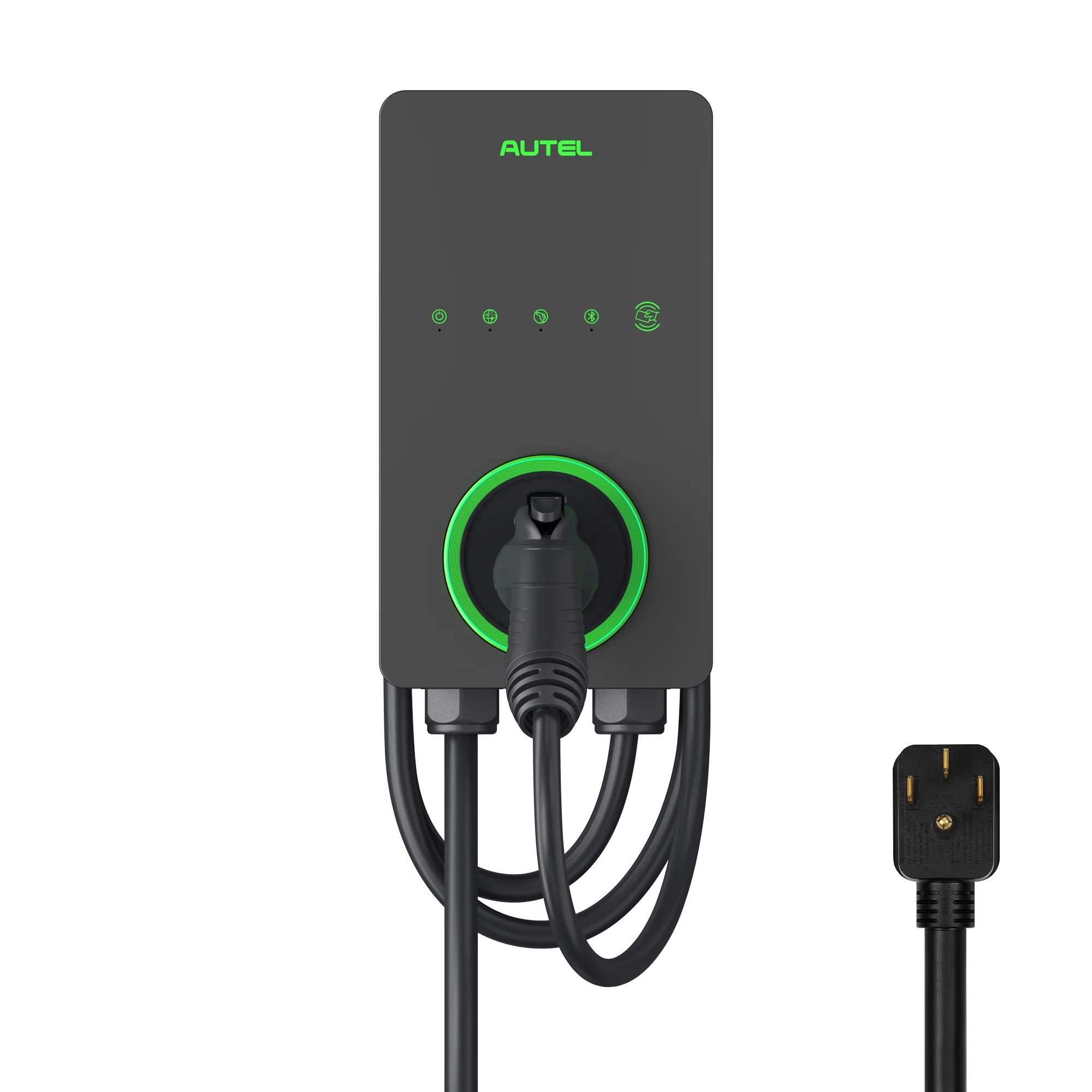
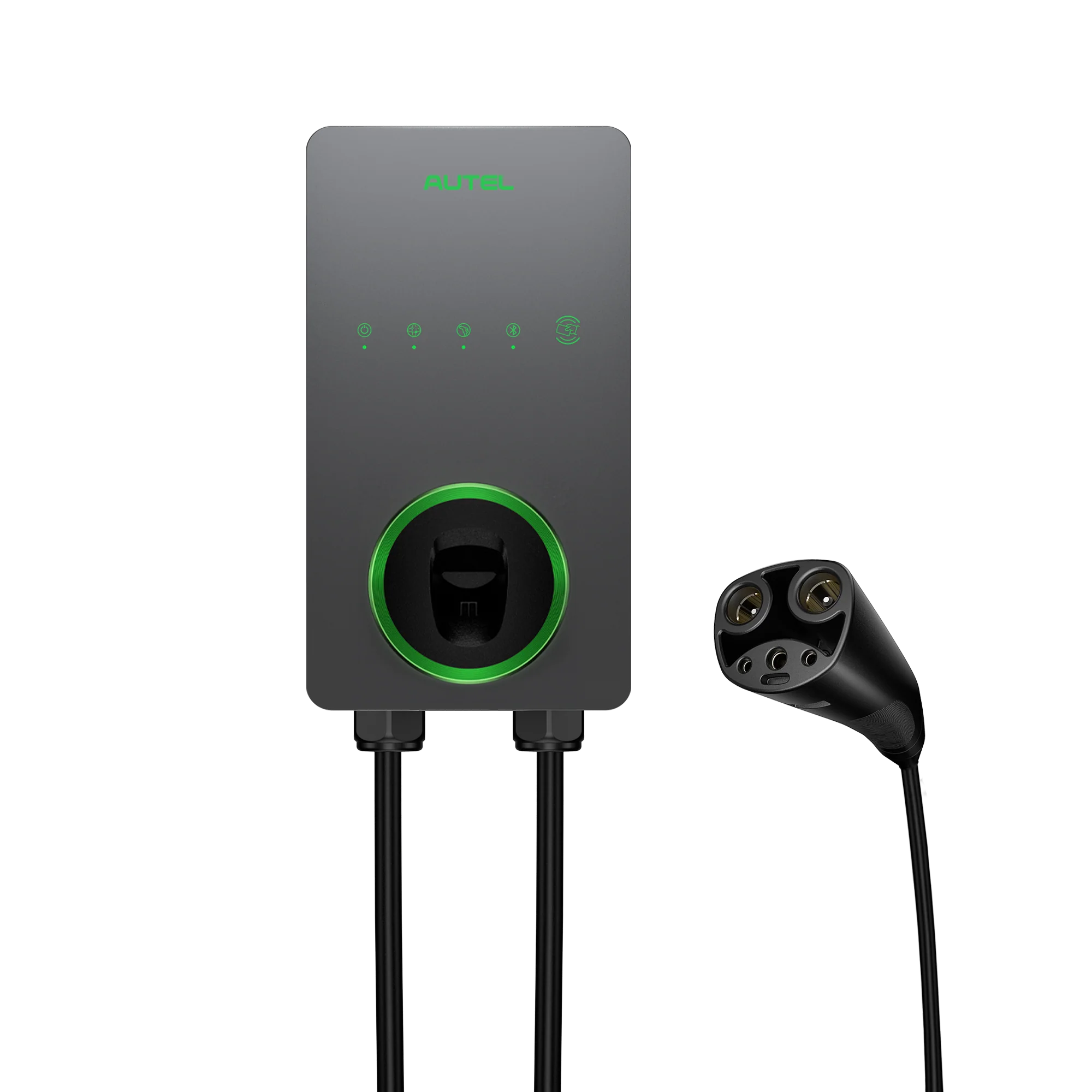
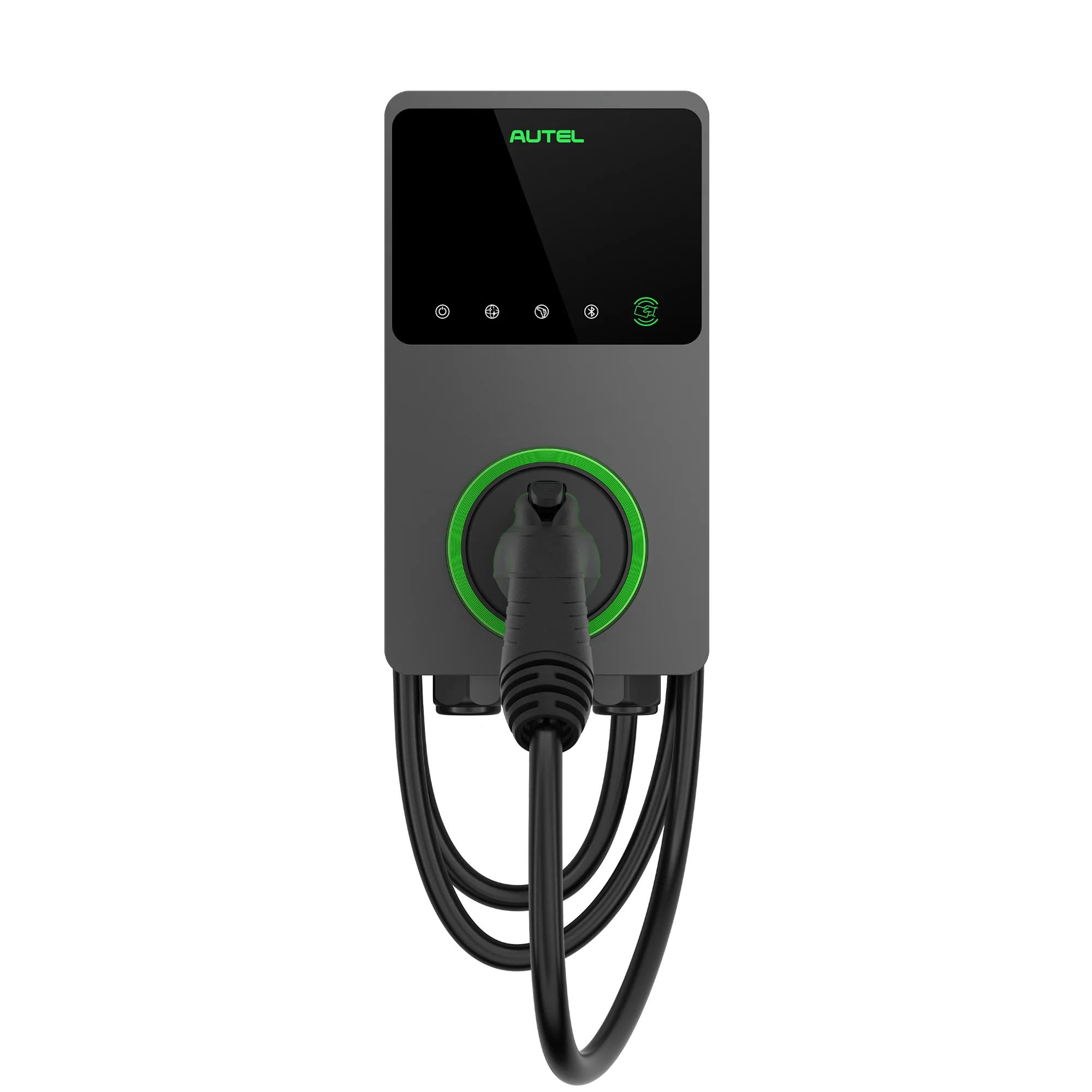
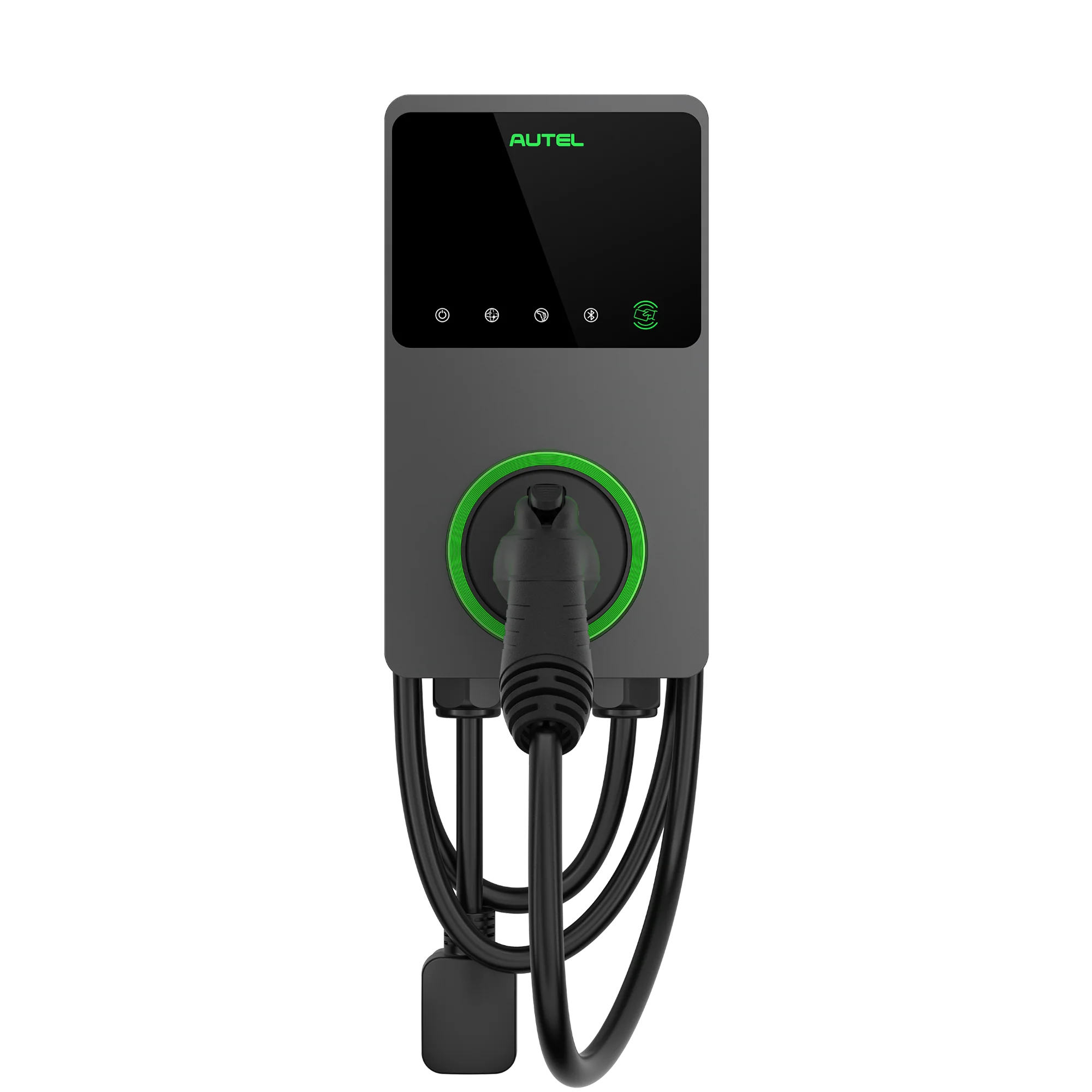
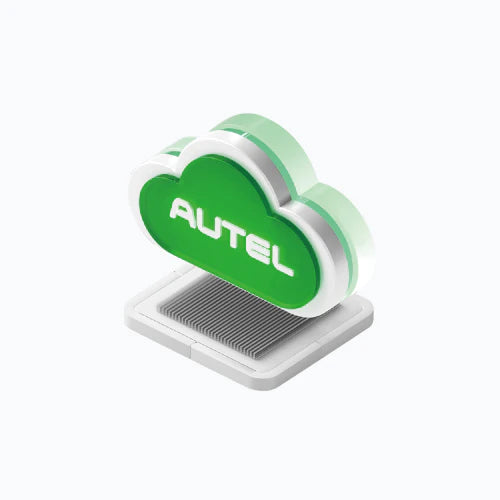
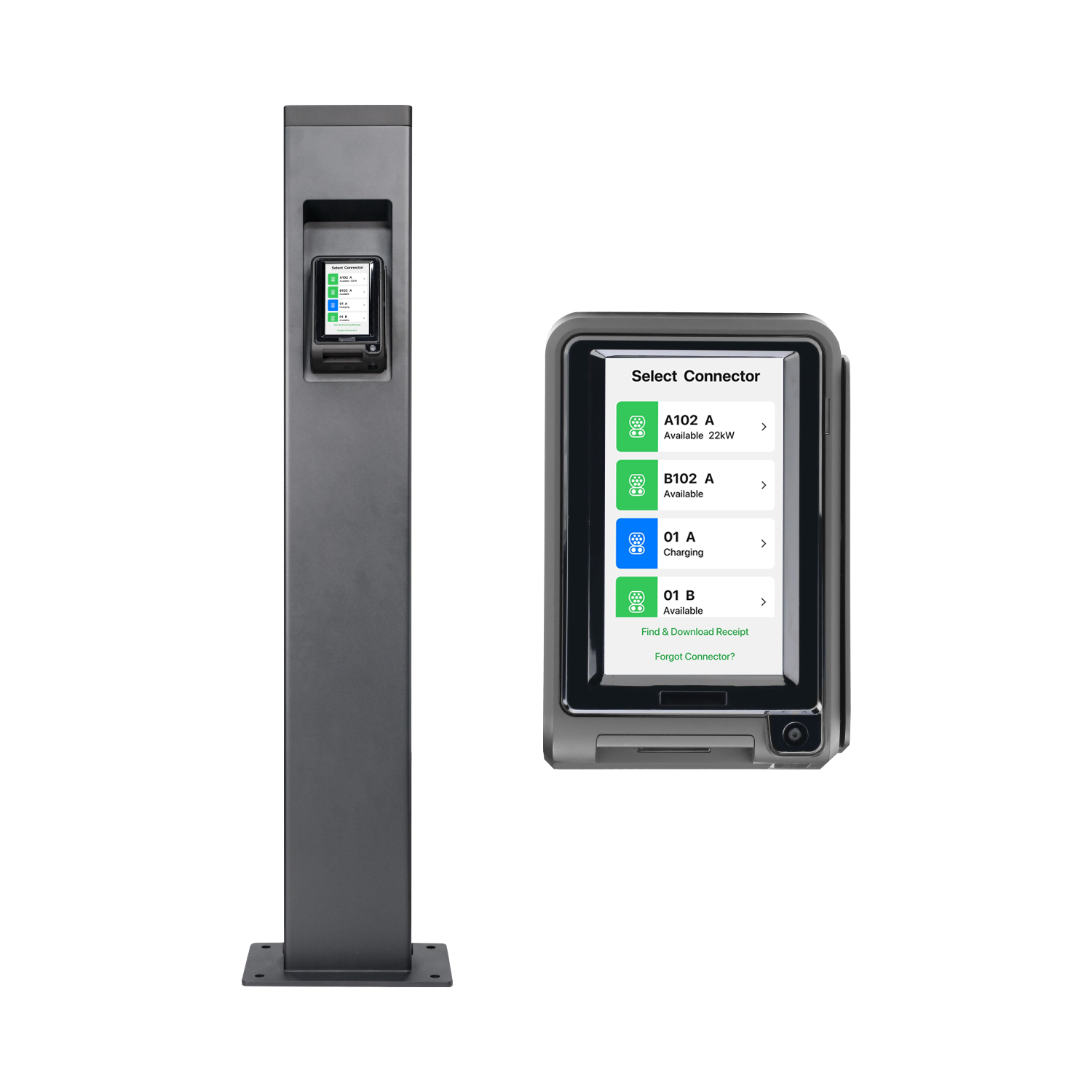
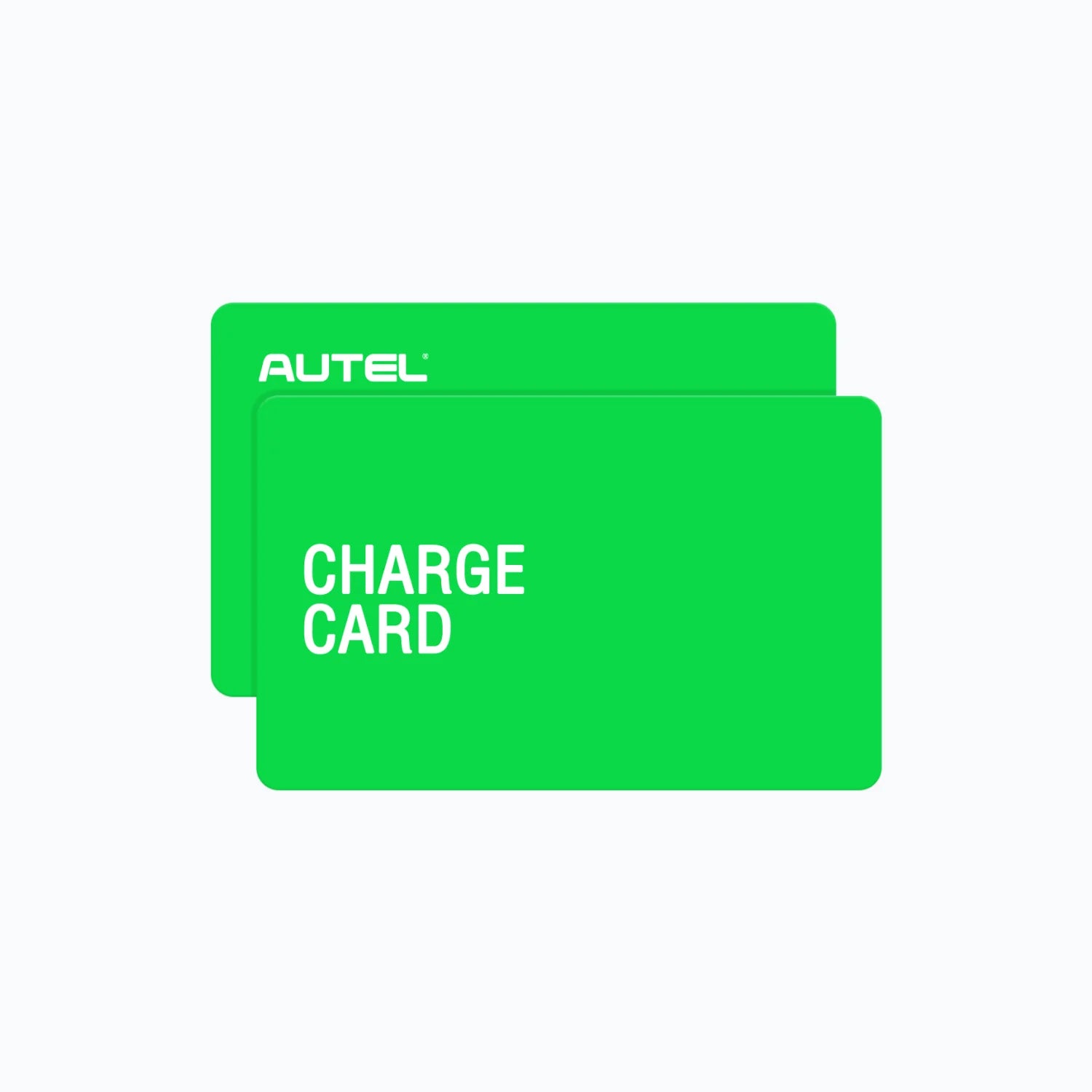
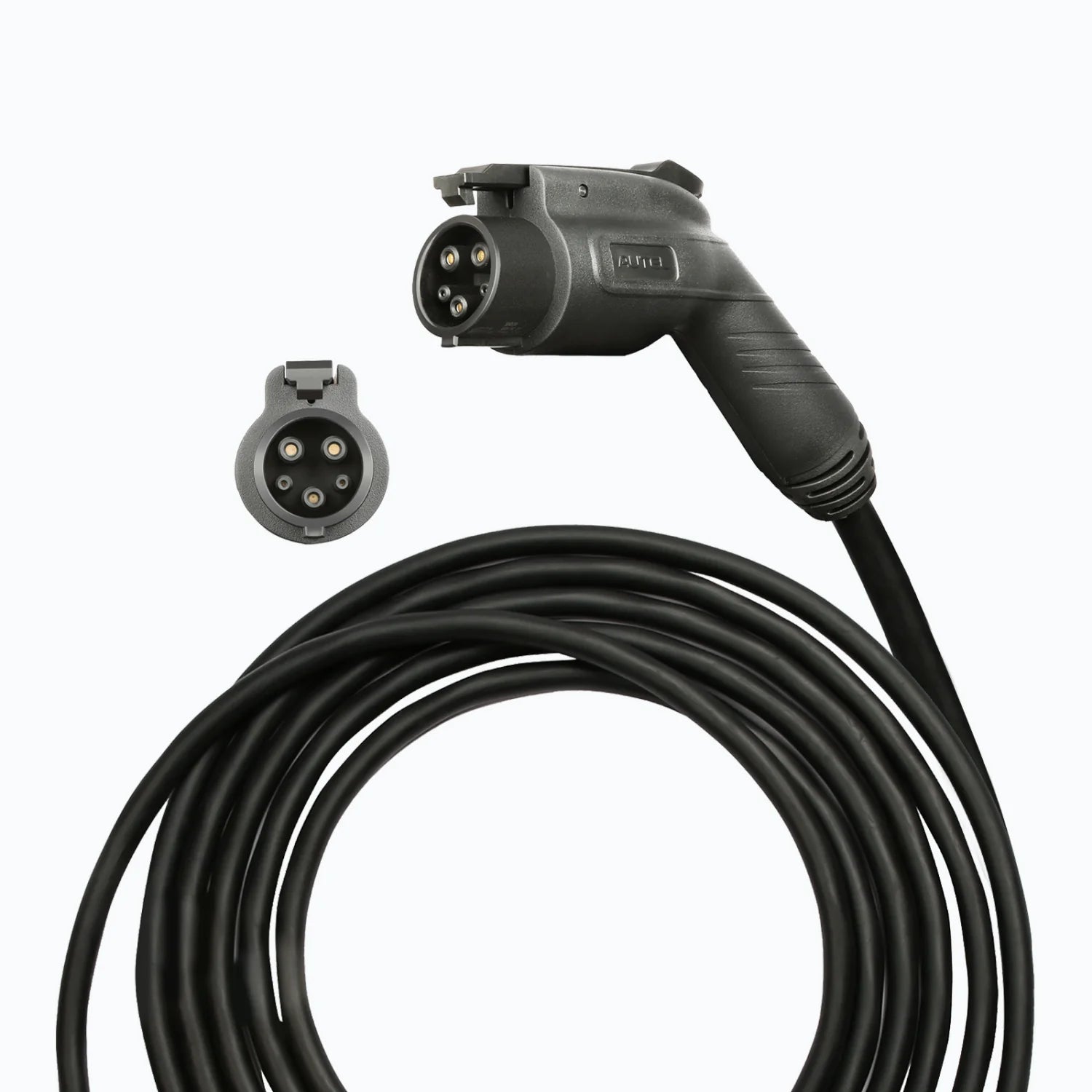
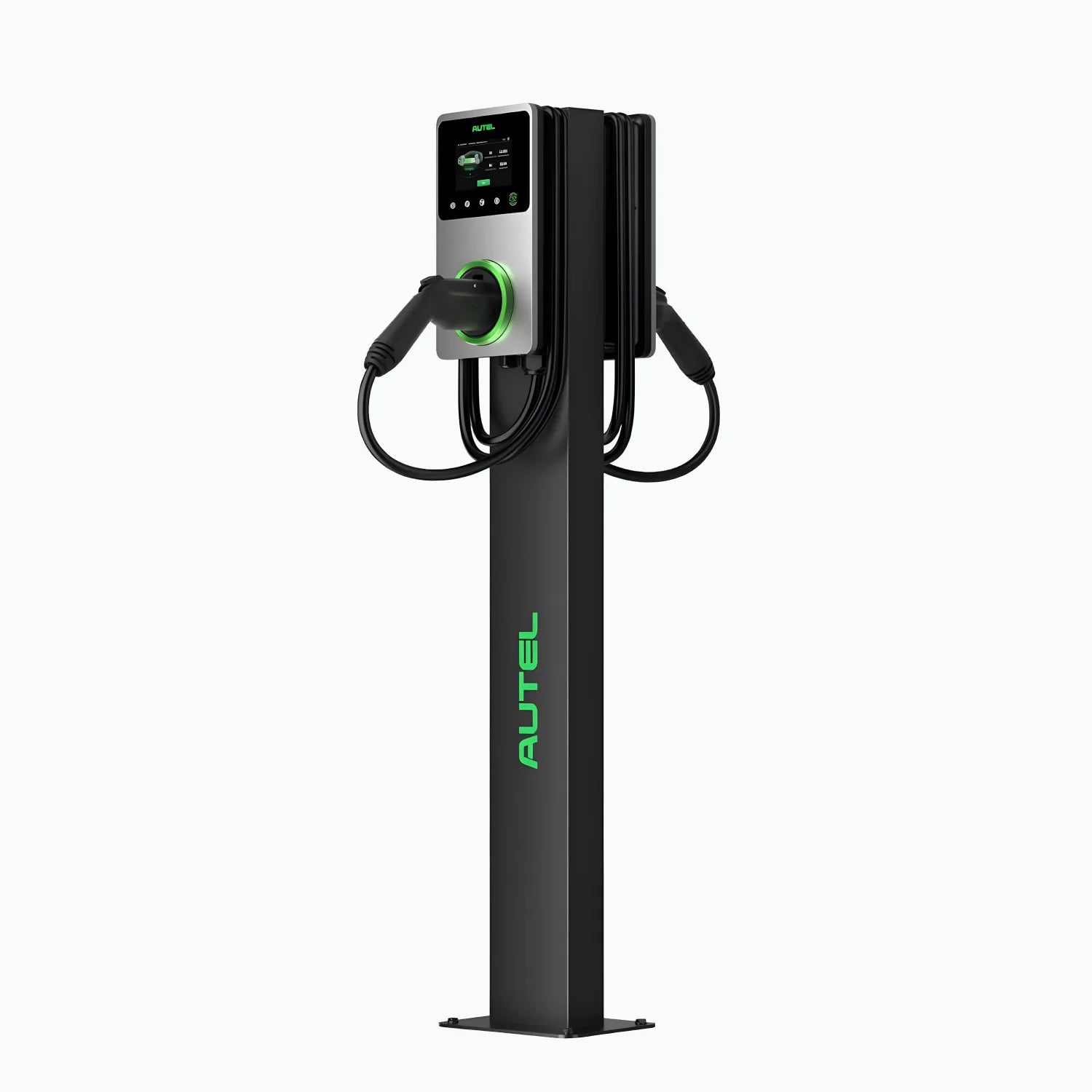
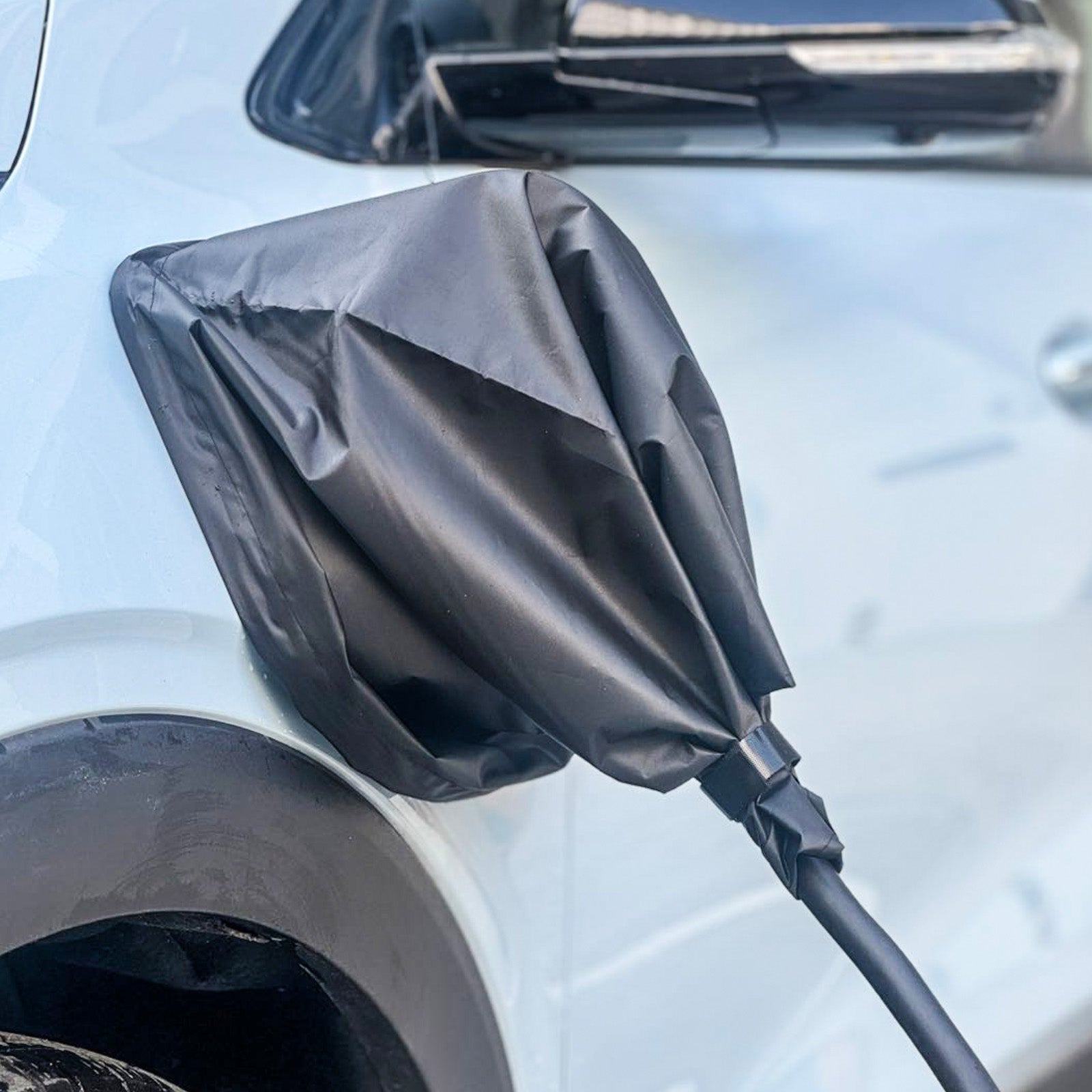
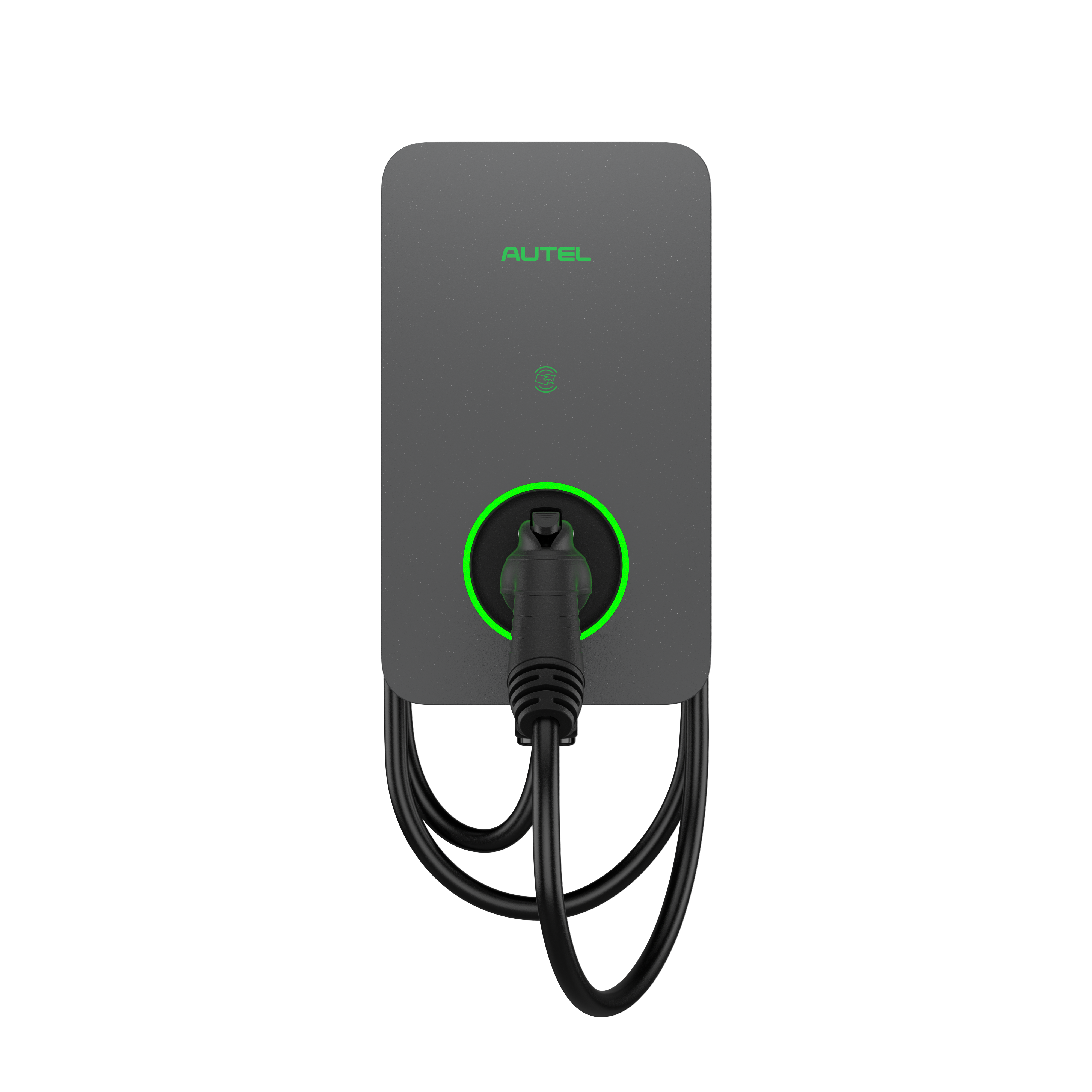



Laisser un commentaire
Tous les commentaires sont modérés avant d'être publiés.
Ce site est protégé par hCaptcha, et la Politique de confidentialité et les Conditions de service de hCaptcha s’appliquent.